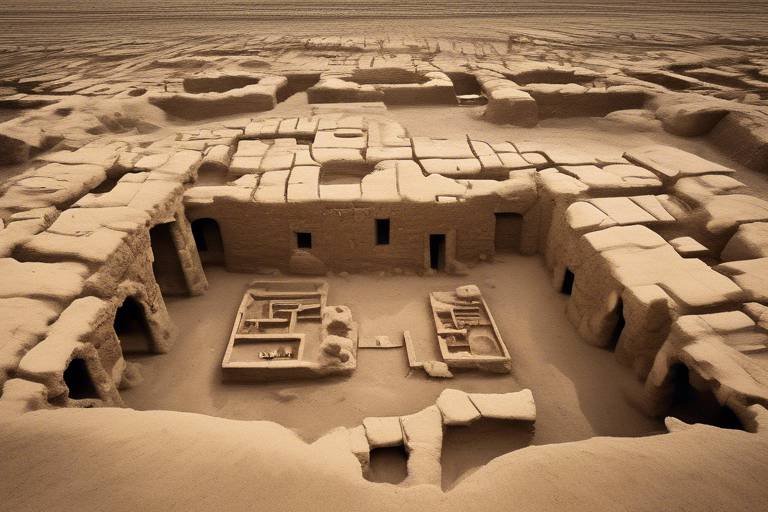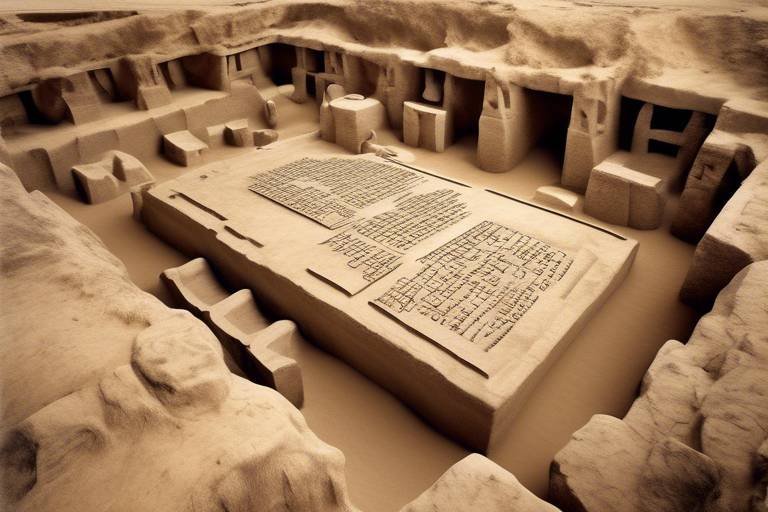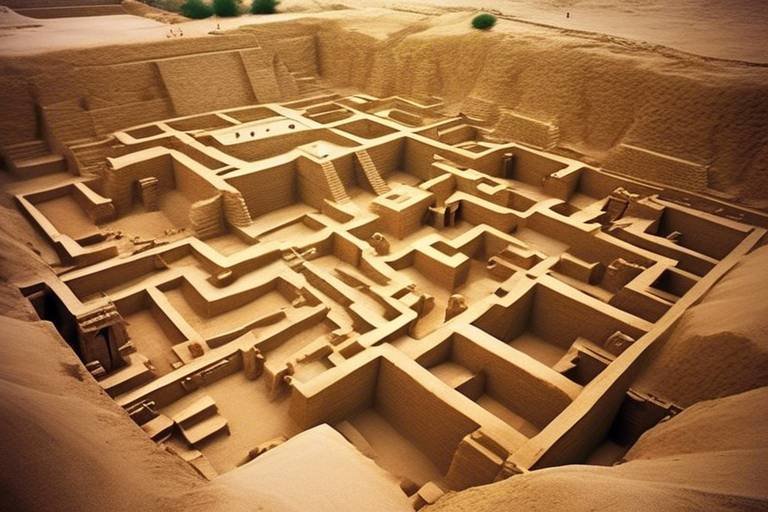The Enigma of Easter Island Statues
On the remote Easter Island, a place shrouded in mystery and intrigue, stand the iconic Moai statues, silently watching over the land with an enigmatic presence. These towering figures, carved from volcanic rock, have puzzled researchers and visitors alike for centuries, sparking endless debates and theories about their origins and purpose.
The Moai statues, with their distinctive features and imposing stature, are a testament to the advanced skills and craftsmanship of the ancient Rapa Nui people who created them. These monolithic figures, some reaching heights of over 30 feet and weighing several tons, are a marvel of engineering, leaving observers in awe of the sheer dedication and effort put into their construction.
While the exact reasons behind the creation of the Moai statues remain a subject of speculation, various theories suggest they served as representations of ancestral spirits, markers of tribal territories, or even symbols of power and authority. Their stoic gazes seem to hold secrets of a bygone era, inviting us to unravel the mysteries hidden within their stone forms.
As we delve into the history of Easter Island and the Rapa Nui civilization, we uncover a rich tapestry of culture and tradition that once thrived on this isolated island. From the vibrant community that settled the land to the decline of the civilization due to environmental challenges and external influences, the story of Easter Island is a poignant reminder of the fragility of human societies.
Despite the challenges faced by the Rapa Nui people and the passage of time, the Moai statues endure as symbols of resilience and ingenuity, standing as silent witnesses to a lost era. Their enigmatic presence continues to captivate the world, drawing in visitors and researchers eager to unlock the secrets of Easter Island and pay homage to its cultural legacy.
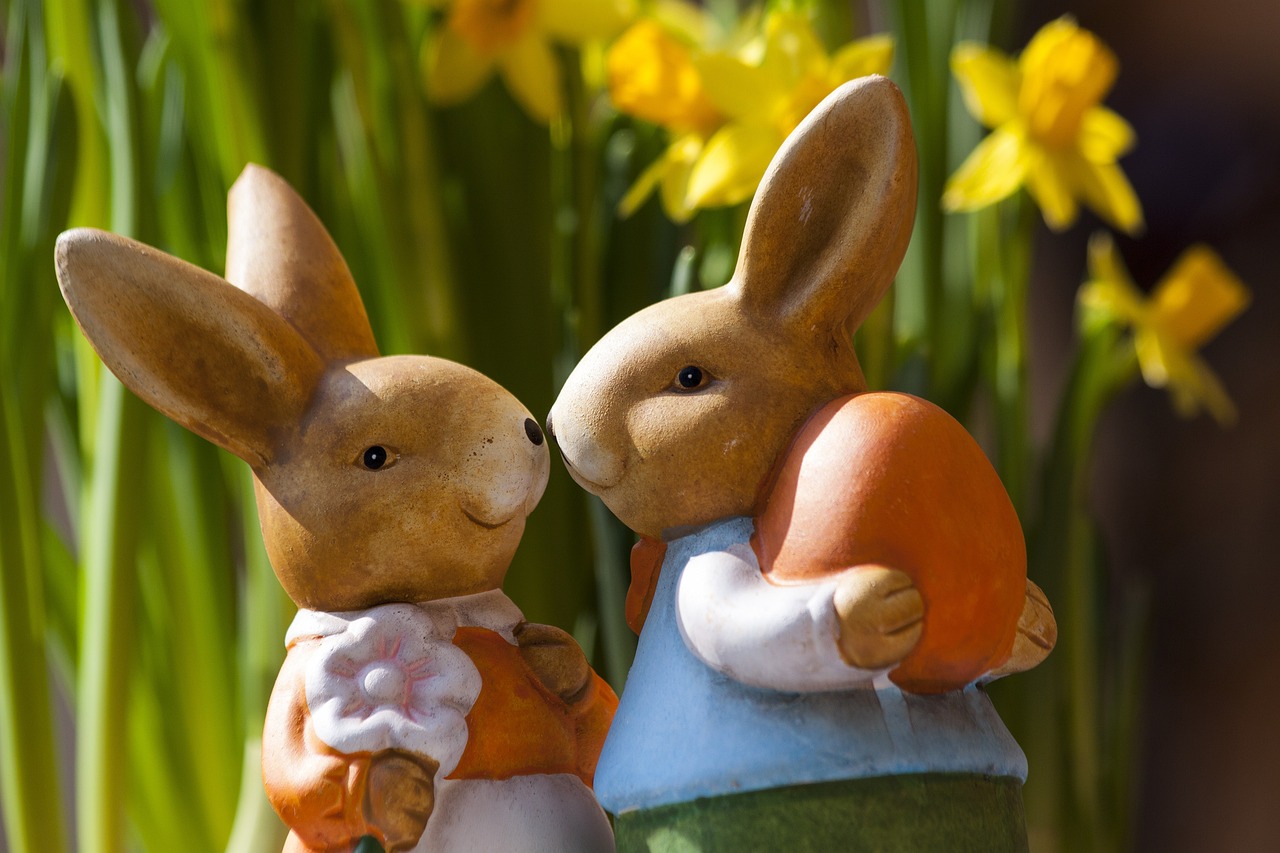
History of Easter Island
Exploring the mysterious history and significance of the iconic Moai statues on Easter Island, delving into the theories behind their creation, purpose, and the cultural significance they hold for the Rapa Nui people.
Discovering the ancient past of Easter Island involves uncovering the intriguing journey of its settlement and the evolution of the unique Rapa Nui culture. The island, located in the vast expanse of the Pacific Ocean, witnessed the emergence of a civilization that thrived in isolation. Over centuries, the Rapa Nui people developed a distinct way of life, deeply intertwined with the land and sea that sustained them. Among the most remarkable achievements of this civilization are the enigmatic Moai statues that stand as silent sentinels across the island's rugged terrain.
The construction of these colossal statues is a testament to the ingenuity and skill of the Rapa Nui craftsmen. Carved from volcanic tuff, the Moai statues were meticulously crafted using primitive tools, showcasing the advanced craftsmanship of their creators. The process of carving, transporting, and erecting these massive figures remains a marvel of ancient engineering, shrouded in mystery and awe.
These imposing figures were not merely stone monuments but held profound meaning and purpose for the Rapa Nui people. Theories abound regarding the significance of the Moai statues, ranging from representations of ancestors to markers of tribal territories. Each statue is believed to embody the spirit and lineage of a specific lineage, serving as a link between the past and present for the Rapa Nui community.
Despite the grandeur of the Moai statues, the once-thriving Rapa Nui civilization faced a decline that echoed across the centuries. Environmental degradation, societal unrest, and the impact of colonialism all contributed to the unraveling of this once-vibrant society. The remnants of this ancient civilization stand as a poignant reminder of the fragility of human endeavors in the face of changing fortunes and external influences.
Efforts to preserve and restore the Moai statues are ongoing, aiming to safeguard these cultural treasures for future generations. Conservation initiatives seek to protect the fragile statues from the ravages of time and environmental factors, ensuring that the legacy of the Rapa Nui people endures for posterity.
Recent archaeological discoveries on Easter Island have shed new light on the history and culture of the Rapa Nui people, offering valuable insights into their societal practices and beliefs. These findings continue to deepen our understanding of this enigmatic civilization, unraveling the mysteries that have long surrounded the Moai statues and their creators.
The Moai statues continue to captivate the world, drawing tourists and researchers alike to Easter Island in search of answers to its enduring mysteries. These silent guardians of the past stand as symbols of cultural heritage and resilience, embodying the spirit of a people who forged a unique identity in the midst of the vast Pacific Ocean.
As we gaze upon the weathered faces of the Moai statues, we are reminded of the enduring legacy of the Rapa Nui people—their resilience, creativity, and deep connection to the land that sustains them. These ancient sentinels inspire awe and wonder, inviting us to ponder the mysteries of Easter Island and the enigmatic civilization that once thrived in isolation.
Stay tuned for answers to common questions about the enigmatic Moai statues and the captivating history of Easter Island.
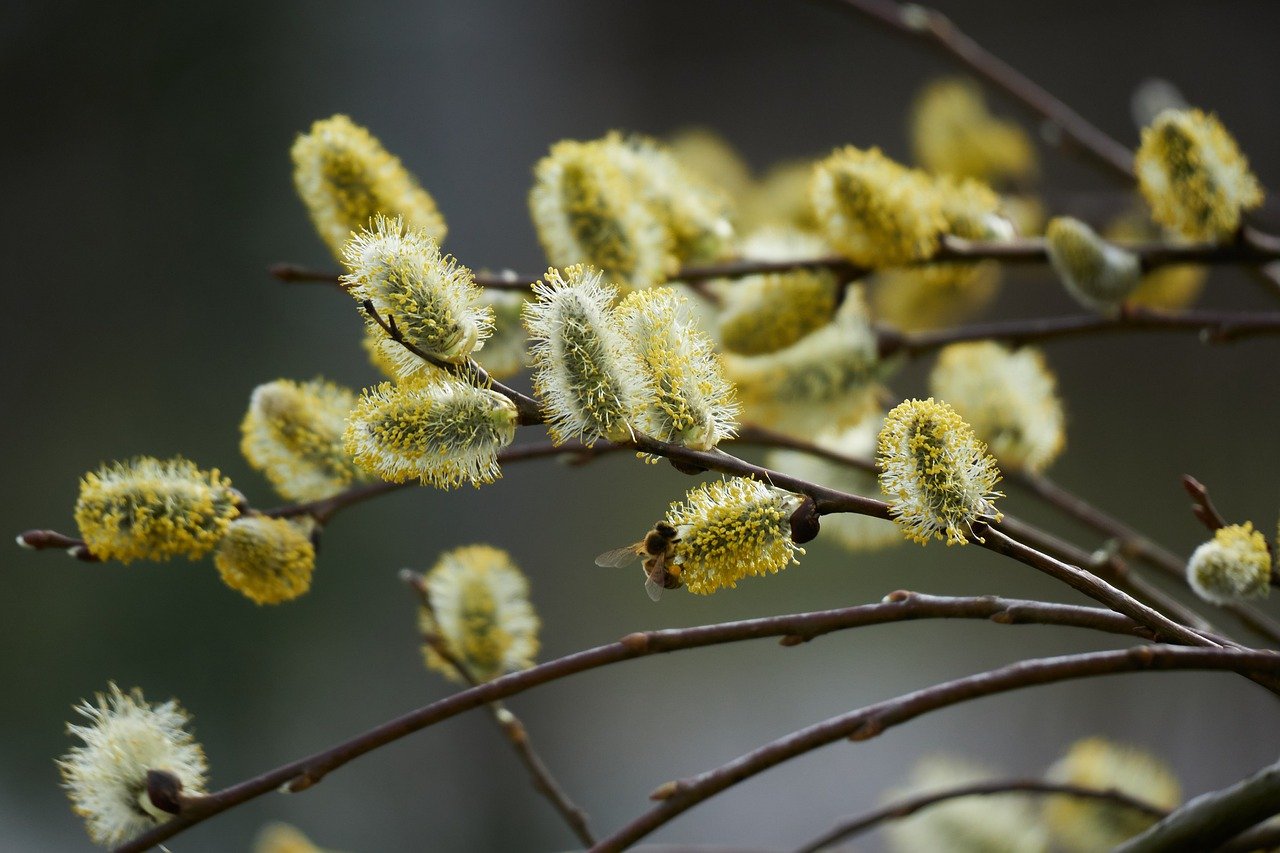
Construction of the Moai
When it comes to the construction of the Moai statues on Easter Island, one can't help but marvel at the sheer ingenuity and craftsmanship of the ancient Rapa Nui people. These iconic statues, some towering up to 33 feet high and weighing as much as 82 tons, were not only carved out of volcanic tuff but also transported across the island to their final resting places.
The process of creating a Moai statue was a monumental task that required meticulous planning and incredible skill. The Rapa Nui artisans used only stone tools to carve the statues, shaping them with remarkable precision and attention to detail. Each statue was a unique work of art, reflecting the individuality of the person it was meant to represent.
Transporting the massive Moai statues from the quarry where they were carved to various locations around the island was no small feat. Scholars believe that the Rapa Nui people used a combination of log rollers, sledges, and manpower to move the statues, a process that would have required coordination and teamwork on a grand scale.
Once the Moai reached their designated platforms, known as ahu, they were erected upright with the help of stone ramps and a system of ropes and pulleys. The precision with which the statues were placed on the ahu, often facing inland to watch over the community, is a testament to the engineering prowess of the Rapa Nui civilization.
In essence, the construction of the Moai statues was not just a physical endeavor but a spiritual and cultural one as well. These statues represented more than just stone figures; they embodied the ancestral connections, beliefs, and traditions of the Rapa Nui people, serving as a link between the past and the present.

Meaning and Purpose
Unraveling the mysteries surrounding the purpose and significance of the Moai statues takes us on a journey through time and culture. These iconic statues, with their enigmatic expressions and imposing presence, have long fascinated archaeologists, historians, and visitors alike. One prevailing theory suggests that the Moai were created as a form of ancestral worship, representing deceased chiefs or important ancestors of the Rapa Nui people. These statues, erected on stone platforms known as Ahu, may have served as a connection between the living and the spirits of their forebears, embodying a sense of reverence and homage.
Another interpretation of the Moai statues revolves around their potential role as markers of tribal territories or status symbols. Some researchers propose that the positioning of the statues along the coastline of Easter Island could have delineated different clan territories or served as boundary markers between competing groups. The sheer size and number of Moai scattered across the island's landscape hint at a complex social structure and a society that valued representation and hierarchy.
Moreover, the sheer act of carving, transporting, and erecting these colossal statues speaks to the ingenuity and skill of the ancient Rapa Nui people. The meticulous craftsmanship required to fashion these monolithic figures from volcanic tuff rock showcases a level of expertise and dedication that underscores the importance of the Moai in the cultural and spiritual life of the islanders. Each statue, with its unique features and individualized traits, may have held a specific meaning or narrative within the broader tapestry of Rapa Nui society.
As we delve deeper into the meaning and purpose of the Moai statues, we are confronted with a tapestry of theories and interpretations that reflect the complexities of Rapa Nui culture and history. These enigmatic figures continue to stand as silent sentinels, guarding the secrets of Easter Island and inviting us to ponder the profound significance they held for their creators.

Decline of the Rapa Nui Civilization
During the height of its civilization, the Rapa Nui people on Easter Island thrived in a flourishing society, with a rich cultural heritage and advanced craftsmanship evident in the construction of the monumental Moai statues. However, the once-prosperous civilization faced a gradual decline, marked by a series of interconnected factors that ultimately led to its downfall.
One significant factor contributing to the decline of the Rapa Nui civilization was environmental degradation. The island's limited resources, coupled with an increasing population and deforestation to transport and erect the Moai statues, placed immense strain on the ecosystem. This ecological imbalance disrupted the island's delicate equilibrium, leading to food shortages, soil erosion, and a decline in agricultural productivity.
Societal unrest also played a pivotal role in the downfall of the Rapa Nui civilization. As resources became scarce and competition for survival intensified, internal conflicts and power struggles emerged among different clans and factions within the society. This internal strife further weakened the social fabric of the community, eroding trust and cooperation among its members.
Furthermore, the impact of colonialism on Easter Island exacerbated the challenges faced by the Rapa Nui people. The arrival of European explorers and settlers brought diseases, exploitation, and cultural disruptions that further destabilized the indigenous population. The introduction of foreign influences and power dynamics disrupted traditional practices and governance structures, contributing to the erosion of the Rapa Nui cultural identity.
As a result of these complex interplays of environmental degradation, societal unrest, and external pressures, the once-thriving Rapa Nui civilization entered a period of decline and fragmentation. The monumental Moai statues, once symbols of cultural pride and spiritual significance, stood as silent witnesses to the challenges faced by their creators, embodying a poignant reminder of the fragility of human societies in the face of adversity.
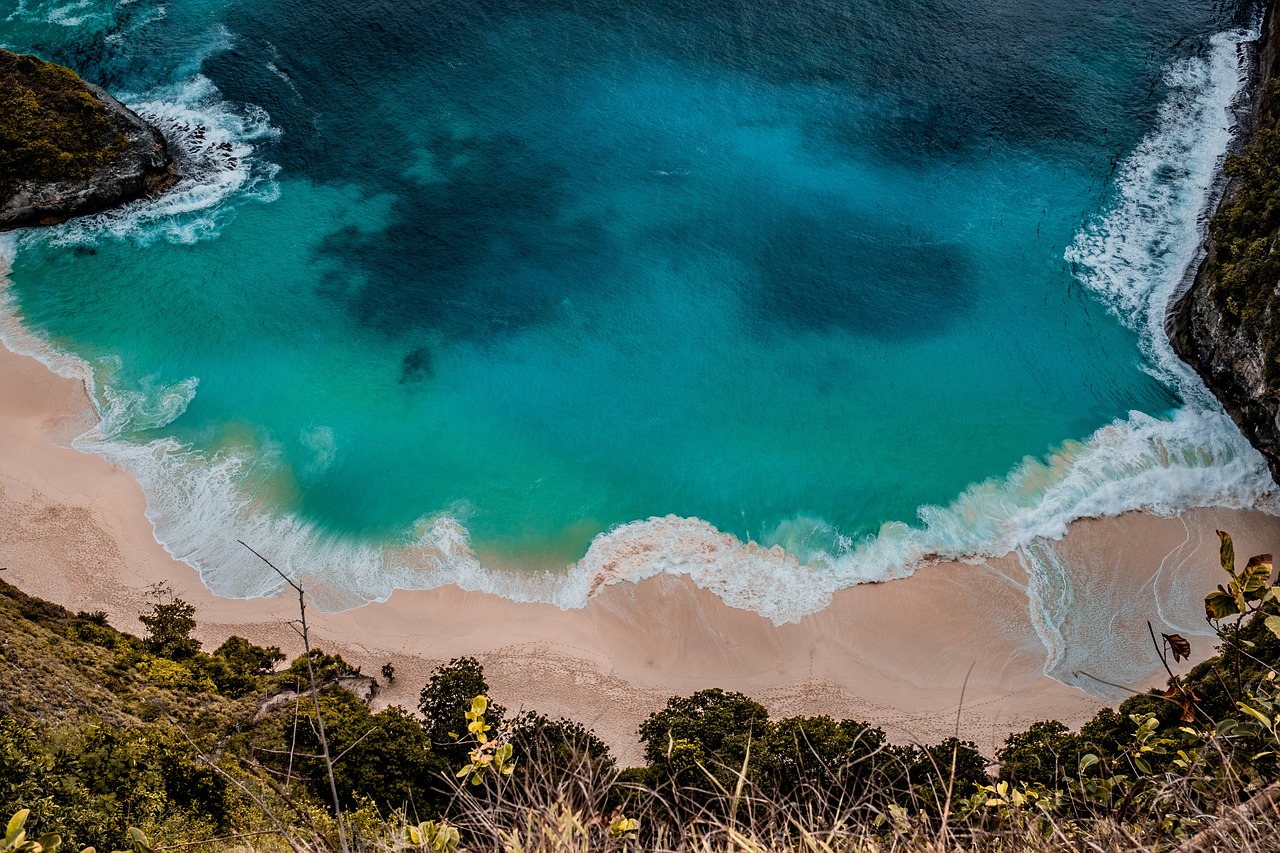
Restoration Efforts
Restoration efforts on Easter Island are a crucial aspect of preserving the cultural heritage embodied by the iconic Moai statues. Conservation projects aim to safeguard these ancient sculptures from further deterioration and protect them for future generations. The intricate process involves meticulous cleaning, stabilization of structures, and addressing the environmental factors that contribute to their degradation.
One notable restoration initiative is the collaboration between local authorities, archaeologists, and international organizations to implement sustainable conservation practices. This comprehensive approach ensures that the Moai statues are not only restored to their former glory but also maintained in a way that respects their historical and cultural significance.
Advanced techniques such as laser scanning and 3D modeling are employed to assess the condition of the statues and guide restoration efforts. These modern tools allow experts to create detailed digital replicas, aiding in the documentation and reconstruction of damaged or fallen Moai.
Additionally, community involvement plays a vital role in the restoration process, as local residents are actively engaged in the preservation efforts. By raising awareness and fostering a sense of ownership among the Rapa Nui people, the restoration projects not only protect the Moai statues but also promote cultural pride and heritage.
Furthermore, ongoing research and monitoring initiatives help track the progress of restoration efforts and evaluate the effectiveness of conservation strategies. By combining traditional knowledge with scientific advancements, experts strive to ensure the long-term sustainability of Easter Island's archaeological treasures.
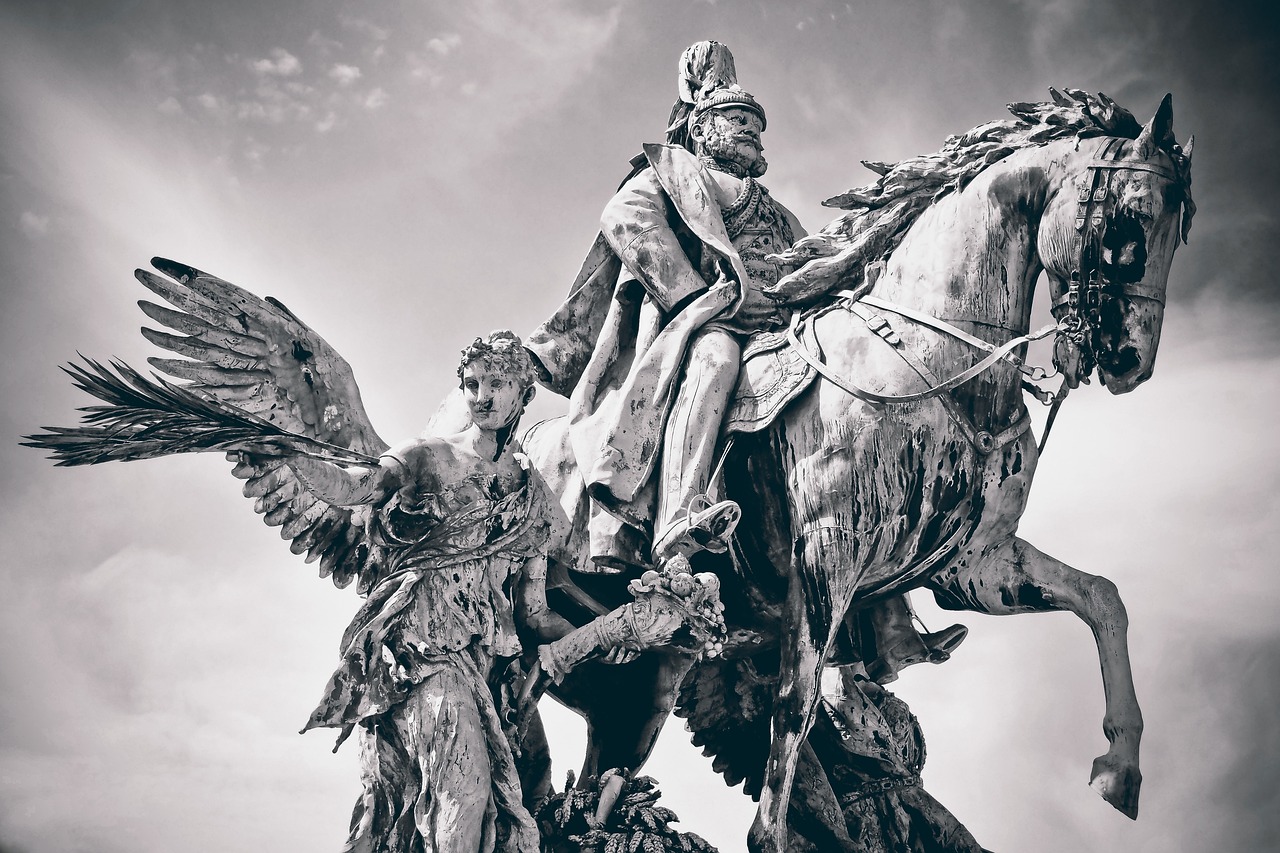
Archaeological Discoveries
Archaeological discoveries on Easter Island have unveiled fascinating insights into the history and culture of the Rapa Nui people. Recent excavations have revealed intricate details about the construction techniques used to create the iconic Moai statues, shedding light on the advanced craftsmanship of the ancient islanders. These findings have sparked renewed interest in understanding the societal practices and beliefs of the Rapa Nui civilization, offering a glimpse into their way of life.
One notable discovery is the presence of extensive underground networks of interconnected caves and tunnels, believed to have served various purposes such as storage, shelter, and possibly even religious ceremonies. These subterranean structures provide clues to the organization of Rapa Nui society and the significance of spiritual practices in their daily lives.
Furthermore, excavations have unearthed artifacts such as intricately carved wooden objects, detailed petroglyphs, and remnants of ancient settlements, all of which contribute to piecing together the puzzle of Easter Island's past. These archaeological finds not only enrich our understanding of the Rapa Nui culture but also highlight the resilience and ingenuity of a civilization that flourished in isolation.
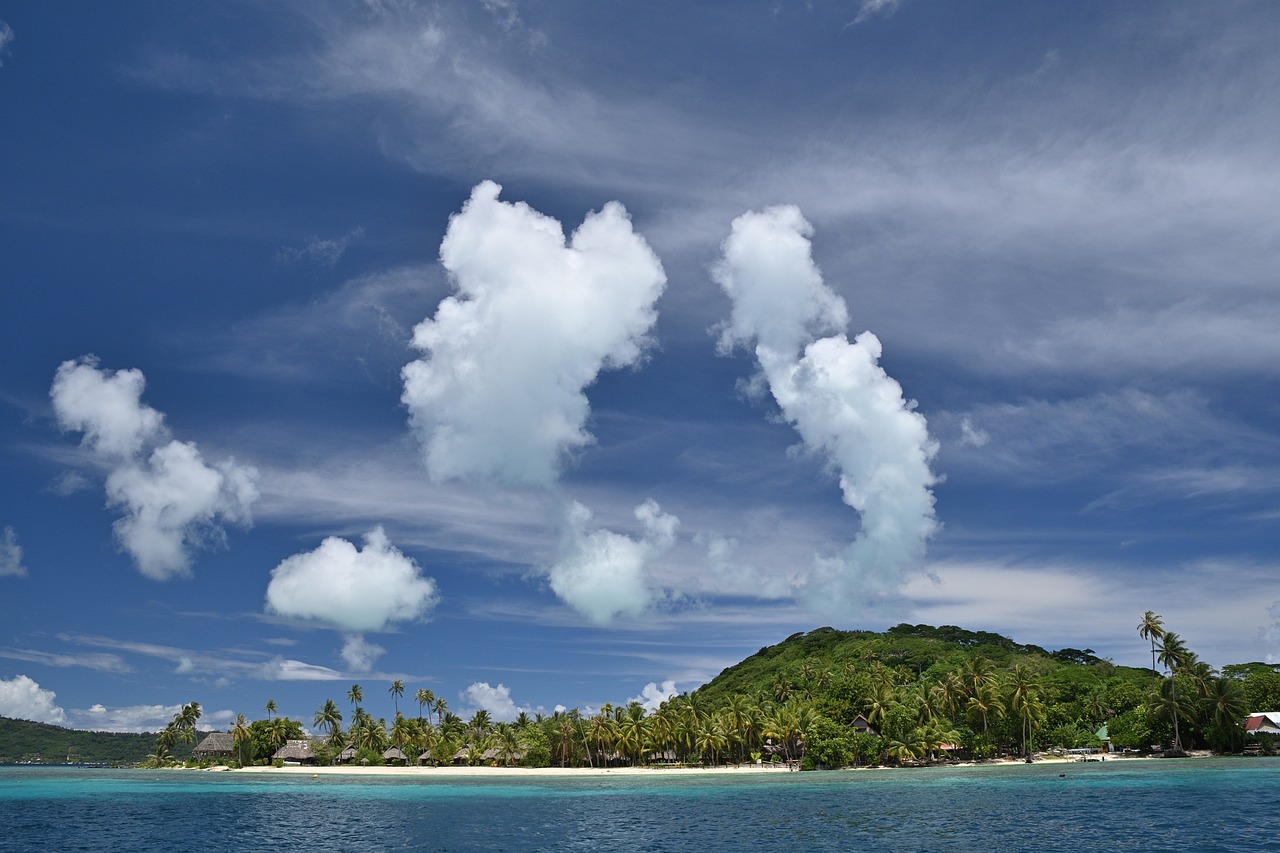
Contemporary Significance
The Moai statues of Easter Island continue to hold a profound that transcends time and borders. These iconic figures, standing stoically against the backdrop of history, serve as enigmatic symbols of a bygone era, shrouded in mystery and intrigue. Tourists from around the globe flock to Easter Island, drawn by the allure of these silent sentinels, eager to unravel the secrets they guard.
Researchers and archaeologists are equally captivated by the Moai statues, viewing them as invaluable artifacts that offer a glimpse into the rich cultural tapestry of the Rapa Nui people. Through meticulous study and analysis, these experts endeavor to decipher the meaning behind the statues, piecing together fragments of the past to reconstruct a narrative that speaks to the resilience and ingenuity of an ancient civilization.
Moreover, the Moai statues serve as a poignant reminder of the interconnectedness between humanity and the environment. As symbols of cultural heritage under threat, efforts to preserve and protect these statues take on a heightened urgency in the face of modern challenges. Conservation initiatives aim to safeguard not just the physical structures of the Moai, but also the intangible heritage they represent, ensuring that future generations can continue to marvel at their enigmatic beauty.
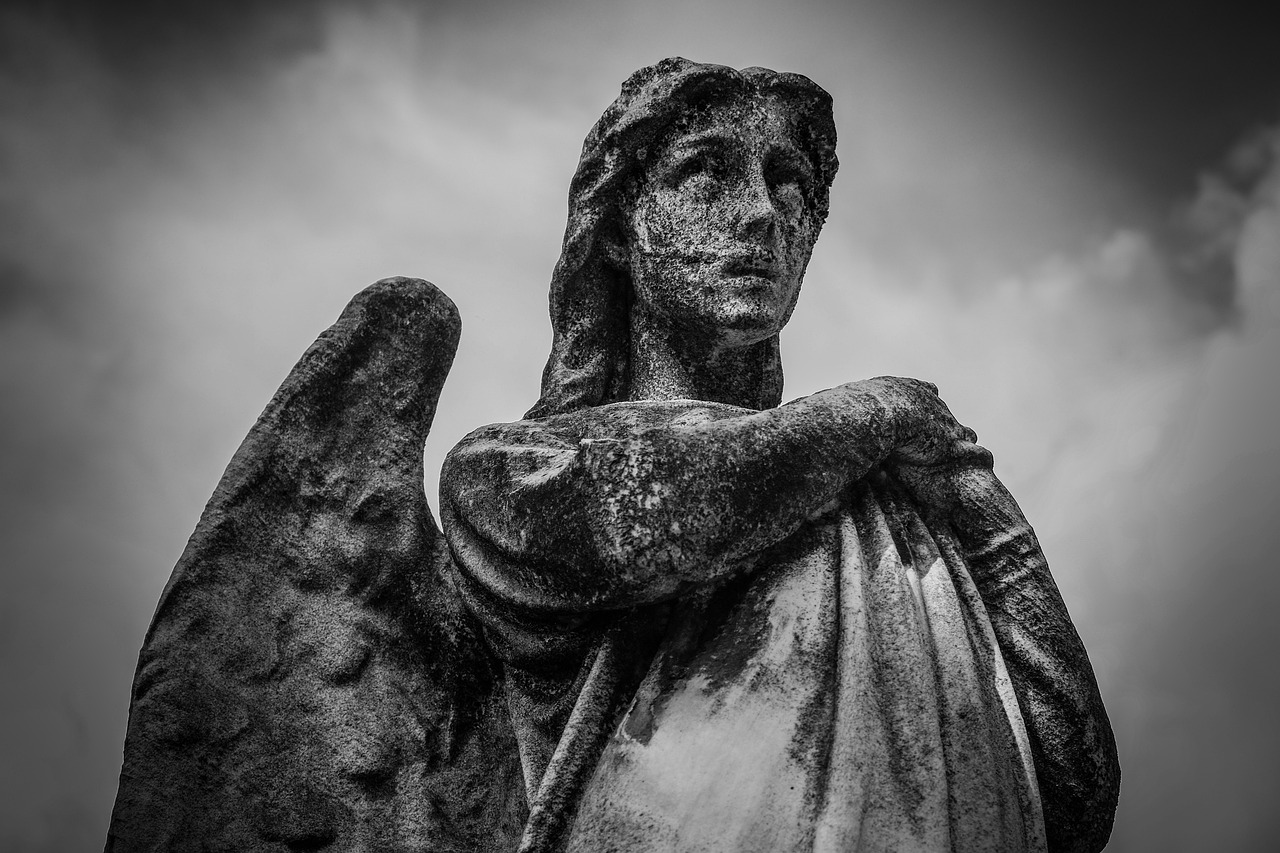
Legacy of the Moai
The legacy of the Moai statues on Easter Island is a testament to the enduring spirit and ingenuity of the Rapa Nui people. These iconic statues, with their solemn gaze and imposing presence, stand as silent guardians of a bygone era, preserving the memory of a civilization that once thrived on this remote island in the Pacific Ocean.
Carved from volcanic tuff with meticulous craftsmanship, each Moai statue is a work of art that reflects the cultural values and beliefs of the Rapa Nui society. These monumental figures, ranging in size from a few feet to over 30 feet tall, were not merely stone sculptures but embodiments of spiritual and ancestral connections, serving as links between the past, present, and future.
As symbols of resilience and determination, the Moai statues embody the unwavering resolve of the Rapa Nui people in the face of adversity. Despite the challenges they faced, from environmental degradation to social upheaval, the Rapa Nui civilization persevered, leaving behind a legacy of creativity and resourcefulness that continues to inspire awe and admiration.
The Moai statues also serve as a reminder of the deep connection between the Rapa Nui people and their natural surroundings. Positioned strategically across the island, these statues are not just monuments but integral parts of the landscape, blending harmoniously with the rugged terrain and lush vegetation of Easter Island.
Today, the legacy of the Moai statues transcends time and borders, attracting visitors from around the world who come to marvel at these enigmatic figures and ponder the mysteries of their creation. As symbols of cultural heritage and artistic achievement, the Moai statues stand as testaments to the enduring legacy of the Rapa Nui people and their profound impact on the history of Easter Island.
Frequently Asked Questions
- What is the significance of the Moai statues on Easter Island?
The Moai statues on Easter Island hold great cultural and historical significance for the Rapa Nui people. These iconic statues are believed to represent ancestors, chiefs, or other important figures, serving as a connection to the island's past and a symbol of identity for the community.
- How were the Moai statues constructed?
The construction of the Moai statues involved intricate carving of volcanic tuff stone, transportation of the massive statues across the island, and their placement on stone platforms known as ahu. The process required advanced engineering skills and communal effort by the Rapa Nui people.
- What caused the decline of the Rapa Nui civilization?
The decline of the Rapa Nui civilization was influenced by various factors, including deforestation, overpopulation, internal conflicts, and the arrival of European colonizers. These elements contributed to environmental degradation, resource scarcity, and societal upheaval on Easter Island.
- Why are the Moai statues important today?
The Moai statues continue to be important today as symbols of cultural heritage, artistic achievement, and archaeological intrigue. They attract visitors from around the world, inspiring curiosity and appreciation for the history and legacy of the Rapa Nui people.





